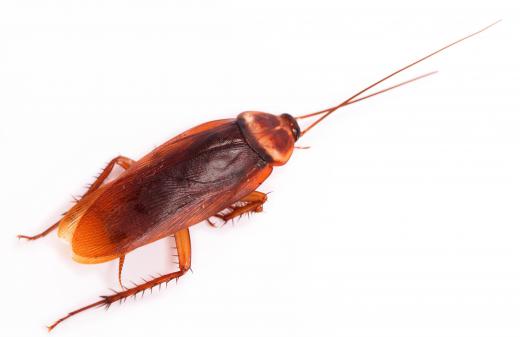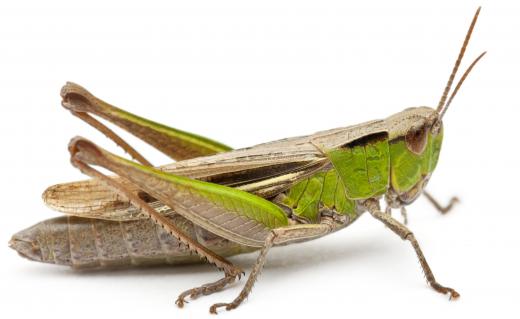What are the Major Groups of Insects?
 Michael Anissimov
Michael Anissimov
Insects are the most diverse group of animals in existence. With over a million described species, and estimates of total species count ranging up to 30 million, insects make up between half and 90% of all animalian biodiversity. This is all the more impressive because insects aren't even an animal phylum, they're just a class within phylum Arthropoda. The oldest known insect fossil is Rhyniognatha hirsti from the Devonian, about 396 million years old. Since then, insects have been diversifying, particularly since the emergence of flowering plants about 125 million years ago.
The most primitive insect group is order Archaeognatha (jumping bristletails), which only has about 300 species. Along with order Thysanura (silverfish), these two orders are the only two within class Insecta that are wingless. Other wingless animals formerly classified as insects, such as springtails, proturans, and diplurans are now considered basal lineages apart from Insecta, and are instead placed in their own class, Entognatha. Formerly, all these wingless animals were called Apterygota, meaning "without wings."

All other insects have wings, being part of subclass Pterygota. Formerly, Pterygota was divided into infraclasses Palaeoptera, or "old wing" and Neoptera, or "new wing," but now it is suspected that these categories are paraphyletic. That means that members of the infraclasses may not be exclusive descendants of a common ancestor, and hence not a true clade. Still, the categorizations may be useful as a reference to body type. Palaeoptera consists of insects that lack the ability to fold their wings back over their abdomen, while Neopterans can. The fossil record for Palaeoptera is extensive, but today the group only includes two surviving orders: mayflies and dragonflies. Most other insects are Neopterans.

Neoptera is a huge group, containing 32 orders, five of which are extinct. These orders are tentatively placed in seven superorders based on physiological characteristics and suspected common ancestry. The members of Neoptera include webspinners, angel insects, earwigs, grasshoppers, stick insects, ice-crawlers, gladiators, cockroaches, termites, mantids, booklice, barklice, thrips, lice, true bugs, ants, bees, wasps, beetles, twisted-winged parasites, snakeflies, alderflies, net-veined insects, scorpionflies, fleas, snow fleas, flies, caddisflies, butterflies, and moths.
AS FEATURED ON:
AS FEATURED ON:












Discussion Comments
@browncoat - People are starting to predict that insects are going to be the next great food source, so maybe that will end up saving some of them. When we find something we like to eat we tend to breed a whole lot more of them.
Although I don't know if they will ever become a common food for the average person in the USA. No matter how many facts about insects as a foodstuff get spread around, they can't seem to stop people from thinking of them as creepy.
@croydon - I'm pretty sure I read somewhere that all the ants put together outweigh all the humans, so I don't know what that means about insects in general.
But I don't know if numbers mean all that much when it comes to who is on top. There are several extinct branches of the insect family tree and I suspect that more than one of those branches is extinct because of human interference. And there are quite a few other species careening towards extinction as well. Considering I think we barely grasp the important of insects to ecology, we really need to get our act together before we lose more of them.
This is the kind of fact that I will often skim over and really shouldn't. So I'll take the time to really let that sink in. There are over one million described species of insects. I mean, that's a huge, huge amount. And possibly up to 30 million in total. Since they've only even been around for 400 million years, that's basically a new species every ten years.
I mean, I think we get excited when we can identify insects in the backyard but that doesn't even scratch the surface of how many types are even in a single region. And each of those species presumably has millions of individual members.
I know we like to consider ourselves on top of the pile, but I suspect that insects have humans beat on a number of fronts.
Post your comments